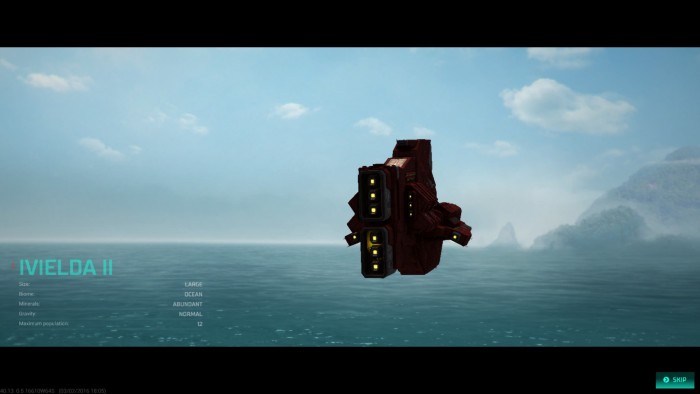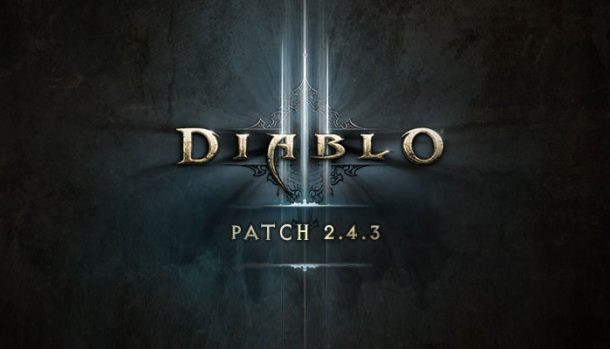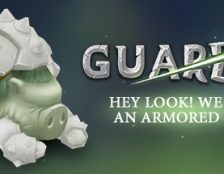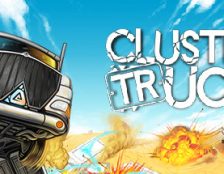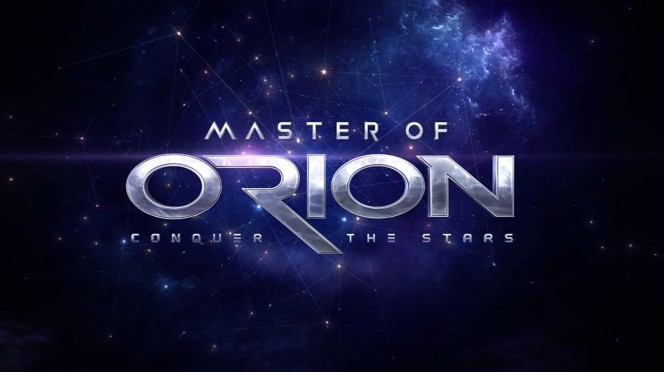There are some titles that just stick in your memory and when you’ve been actively playing games for over quarter of a century, like I have, you tend to remember only the extraordinary creations. Master of Orion is one of them for sure. Wargaming decided to acquire the rights to the Master of Orion franchise a couple of years back and decided to re-release the game, trusting the development to a relatively unknown NGD studio from Argentina.
The Heritage
The story about Master of Orion must start with its origins, dating back to the first half of 1990s. Two years earlier we saw the release of the original Civilization, and the same publisher – Microprose, who’s now long gone, but very influential at that time, decided to release a game that was a sort of Civilization-in-space. Actually, while doing a preview of Master of Orion for Computer Gaming World Mr. Alan Emrich first coined the term “4X” – EXplore, EXpand, EXploit and EXterminate. That kind of gameplay was first seen in Civilization, it was inherited by Master of Orion and was later followed by a few dozen games that would constitute the genre. It should be noted that this phrase could be applied to RTS games such are Starcraft or Command & Conquer, because they too combine some of these elements, but it was differentiated because 4X games are much more strategically complex and usually turn based. One of the key differences is the fact that in 4X games much more attention has to be addressed to the economy and progress of your empire and only from them do you gather the strength to fight your opponents, while other strategies focus mainly on combat. You need to spend much more time researching new technologies and creating diplomatic relations with other players. Also the victory condition is usually not just the annihilation of opponents – you can win a game by researching a special technology, by becoming a dominant economy in the game world or by establishing yourself as the ruler of the world through diplomacy.
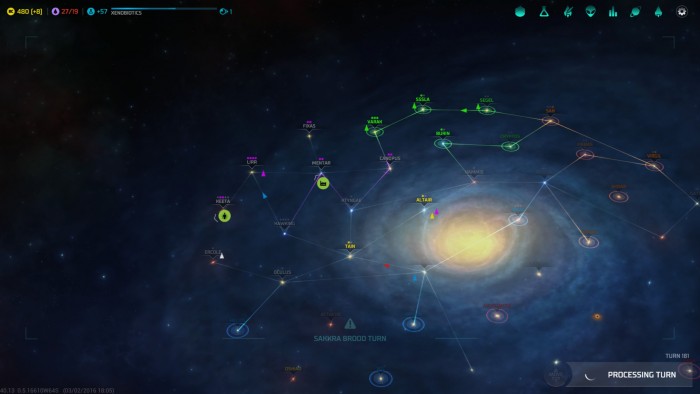
The new Master of Orion game incorporates all the characteristics of this heritage by sticking very closely to the original game concepts. However it’s a mix of the previous three games from the series, combining the best elements from all of them.
The Modern Master of Orion
The game in its current early access phase enables you to play six different alien races where every one of them has some unique characteristics – some are better at diplomacy, some at research, some grow in population better, some are better in production, some are better warriors. Keep in mind that some races are traditionally antagonistic towards others. When you choose your desired race you can set other parameters of the game like galaxy size, random event occurrence, number of opponents, etc. Get all that set up and you start the game at the galaxy screen where you have your first system and your first colony, as well as a few ships meant primarily for exploration.
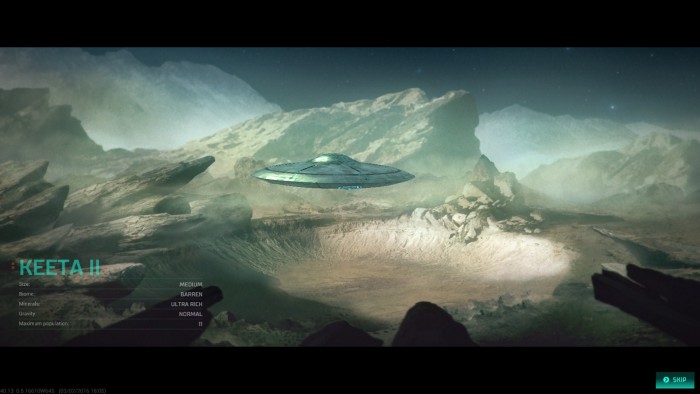
One star system can have one or more planets as well as features like an asteroid belt and is connected to other systems via warp gates. Planets differ in atmosphere, size and mineral richness and all of this affects your colony’s maximum population, production and happiness of the inhabitants. All of the colonists are divided into three categories – production workers, food workers and researchers. The computer automatically assigns them in accordance to current needs, but you can reallocate them manually if you need them for a specific purpose. This can however get quite time consuming if you have a large number of planets. You can build structures that enhance each of these elements and as you research new technology new structures will become available. One of the key roles of each colony is the production of spaceships and at first you should build at least one new Colony ship so you can settle new planets. By developing new technology you will get the chance to build more advanced spaceships – warships, space factories that can build resource collectors or defensive posts in deep space, or those that can transport your colonists or troops. You should always keep in mind how much a certain planet is polluted, how happy the inhabitants are, are they contributing to research, and are they earning enough money for your galactic empire. For each of these areas there are specific structures that can help you reach your goals.
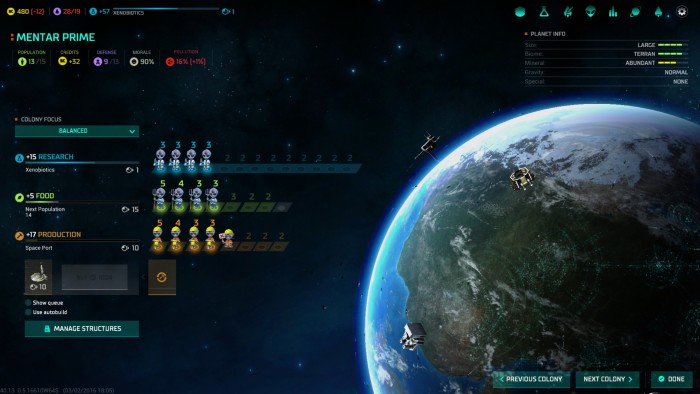
Research and diplomacy are also important elements of the game. New inventions are located inside the technology tree, so one or more branches leads to major breakthroughs in technology which you can achieve. When you complete the research of something, it will give you new options for planetary structures or an update to the blueprints of your future spaceships. Unfortunately you can’t upgrade your existing ships, you can only sell them for credits and build the more advanced ones. As you explore the galaxy you will come in contact with other races and establish diplomatic relations with them, whether they are friendly or not. You can share technology in exchange for credits or something else, sign open borders or non-aggression treaties, attack common enemies or even exchange colonies. From time to time there is a meeting of the galaxy council composed of all of the leaders of the races who vote on which race should become the leader of the galaxy. If you manage to win the vote you win the game. The other way to win in this version is to conquer the majority of the galaxy.
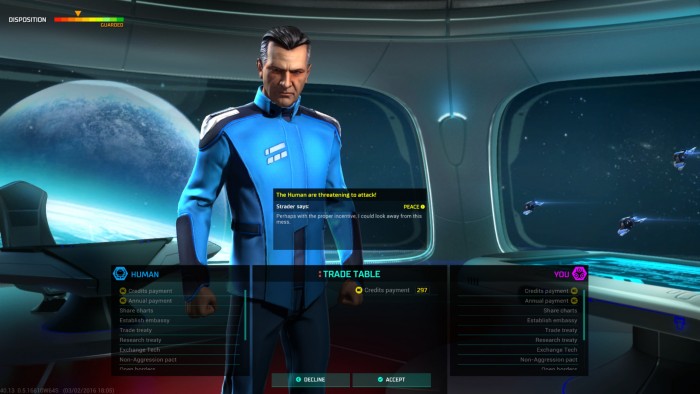
One thing to always keep an eye on is the economy. Each colony brings a certain amount of credits through taxes, but structures and ships require credits in order to be built (if you want to spend more credits you can speed up the production of a certain item). Also maintaining a large fleet is extremely expensive so you might want to put that off until you accumulate enough credits. You can increase or decrease taxes in colonies but that will directly affect the happiness level.
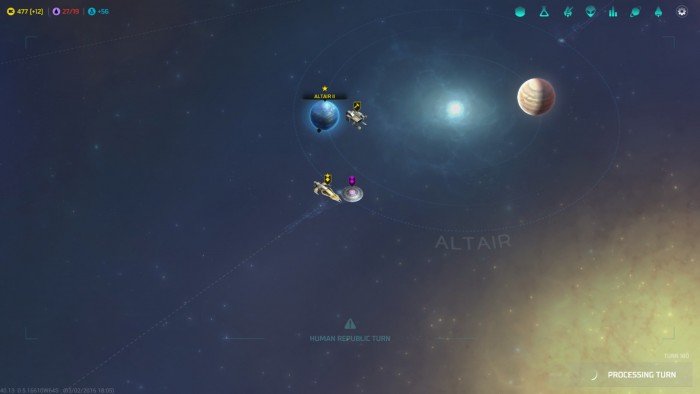
There are random events occurring in the galaxy, like a sun becoming a supernova making the system’s colonies uninhabitable, or you can discover some ancient technologies or space beasts, and all of that is brought to you by GNN. Galactic News Network also reports on your opponents, the military strength of each race in the galaxy, who controls the most planets, who is more technologically advanced, etc.
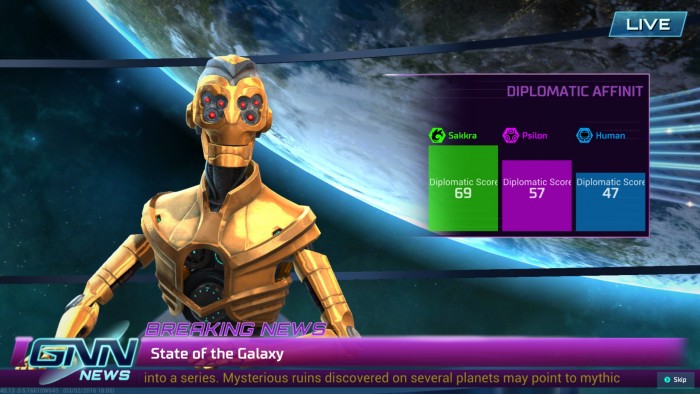
And finally, we have the combat system which has two types – space combat and attack on a colony. Space combat can be simulated, where the computer predicts the probable outcome before it starts, or tactical where you have real-time control of your forces, similar to something you are used to if you played Homeworld. In tactical combat you can get a bit more favorable result if you for example draw out enemy fighters away from a space station and avoid all enemy fire directed at your ships. On the other hand attacking a colony is strictly simulated and depends on how much you bombard it from space, the strength of your invasion force, the strength of the defenders and certain defensive structures that may exist in the colony. Of course as you can attack other colonies so can your colonies be attacked, so you need to prepare defensive measures in advance.
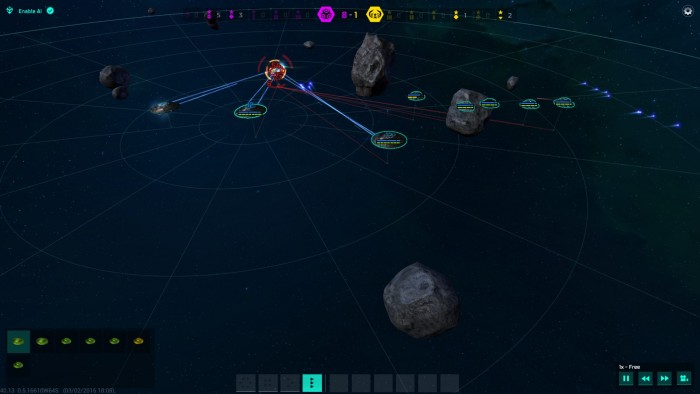
One of the more interesting things in the galaxy is the Orion system. It is guarded by a mythical creature, the Master of Orion, and you need to kill it in order to get access to the most abundant planet in the whole galaxy. However you will need a really strong fleet in order to defeat the Master of Orion. In some of the previous versions this was a victory condition for the game but that’s not the case now.
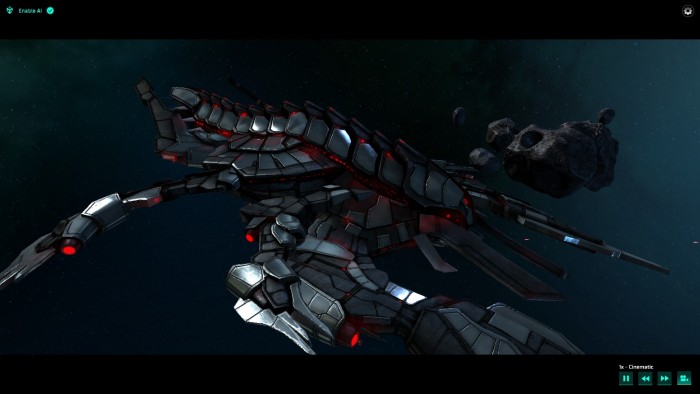
The game is not demanding at all hardware-wise and it looks cute, nothing spectacular, but quite well enough for its purpose. Although the recommended CPU is an i5/i7 it will work on a Core 2 Duo processor with the most basic graphics card. I actually tested it on a laptop with an integrated graphics solution.
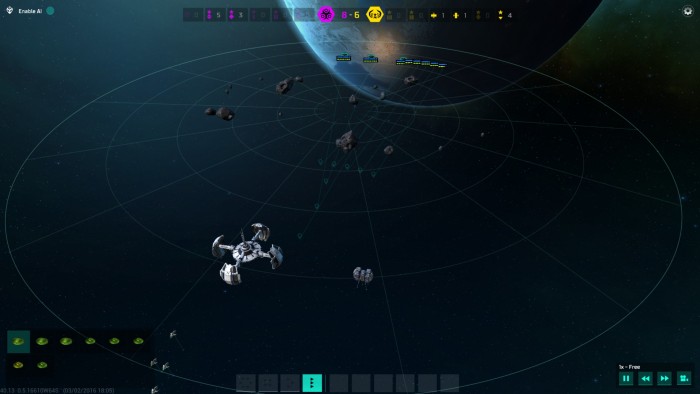
It is important to note that there is a multiplayer option, obviously Wargaming has a lot of experience in that area, and it works the same way as the singleplayer. The only difference I noted is that the multiplayer doesn’t have tactical space combat, only simulated. You can decide if you want your game to be open to random players or to keep it just for you and your friends. You should keep in mind that a “quick” game can last several hours and that it can be very nerve wracking if you play against a person who quits mid-game, won’t play their turn etc.
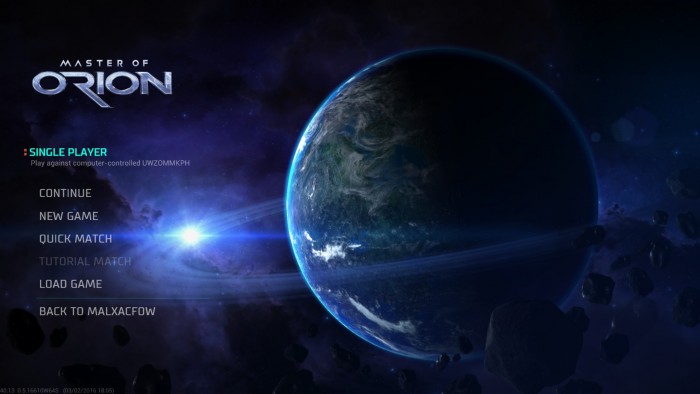
Conclusion
Master of Orion, even in the early access phase of development, delivers on the expectations of the fans; the legend is successfully reborn and will bring you many hours of enjoyment. By the time the game is released we should see more races and some other additional gameplay elements, but the game is already polished enough to give you a great experience. Also keep in mind that if you buy the Collector’s edition, which grants you early access, you get the first three Master of Orion games included.
